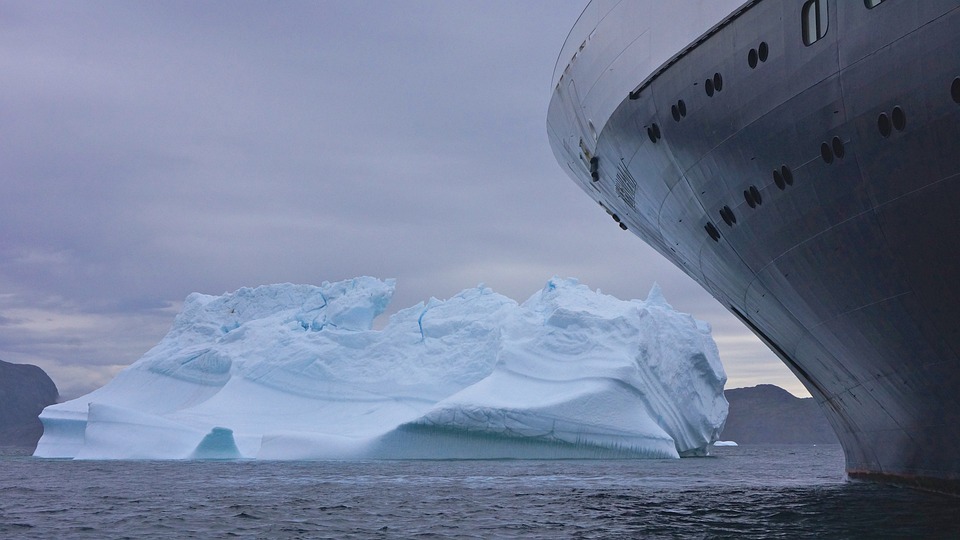How Are Climate Patterns Related To Each Zone Of Latitude?
Climate patterns are the result of many physical processes, some of which are related to the latitude or position of the location on Earth. Latitude is the angular distance between the equator and any given point on the Earth’s surface, measured in degrees. The Earth is divided into three main zones of latitude: the tropics, the temperate zone, and the polar zone. Each of these zones has a distinct climate pattern associated with it.
Tropical Zone
The tropical zone is located between the Tropic of Cancer and the Tropic of Capricorn, and it is characterized by hot, humid climates with high levels of precipitation. The climate in the tropical zone is affected by the Intertropical Convergence Zone (ITCZ). This is an area of low pressure where trade winds from both hemispheres converge and cause precipitation. The ITCZ also affects the location of the world’s major deserts, which are found at the borders of the tropical zone.
Temperate Zone
The temperate zone is located between the Tropic of Cancer and the Arctic Circle and between the Tropic of Capricorn and the Antarctic Circle. It is characterized by a variety of climates, ranging from hot and humid in the summer to cold and dry in the winter. The temperate zone is affected by the jet stream, which is a band of strong upper-level winds that move from west to east and bring changes in temperature and precipitation.
Polar Zone
The polar zone is located between the Arctic Circle and the North Pole and between the Antarctic Circle and the South Pole. This region is characterized by extreme cold temperatures and low levels of precipitation. The polar zone is affected by the polar vortex, which is a large-scale circulation pattern in the upper atmosphere that keeps cold air from the poles from mixing with warmer air from the equator.
Conclusion
Climate patterns are closely related to each zone of latitude on the Earth’s surface. The tropical zone is affected by the Intertropical Convergence Zone, the temperate zone is affected by the jet stream, and the polar zone is affected by the polar vortex. Understanding the climate patterns associated with each zone of latitude can help us better understand the global climate system and its impact on the planet.

Kyle Whyte is a notable scholar and professor at the University of Michigan, holding positions such as the George Willis Pack Professor in the School for Environment and Sustainability and Professor of Philosophy. Specializing in environmental justice, his work critically examines climate policy and Indigenous peoples’ ethics, emphasizing the nexus between cooperative scientific endeavors and Indigenous justice. As an enrolled Citizen Potawatomi Nation member, he brings a vital perspective to his roles as a U.S. Science Envoy and member of the White House Environmental Justice Advisory Council. His influential research is supported by various prestigious organizations including the National Science Foundation, and disseminated through publications in high-impact journals. Kyle actively contributes to global Indigenous research methodologies and education, with affiliations to numerous institutes and societies dedicated to traditional knowledge and sustainability. Recognized for his academic and community engagement, Kyle has earned multiple awards and served in various visiting professorships. His efforts extend to leadership positions on boards and committees focused on environmental justice nationwide.
